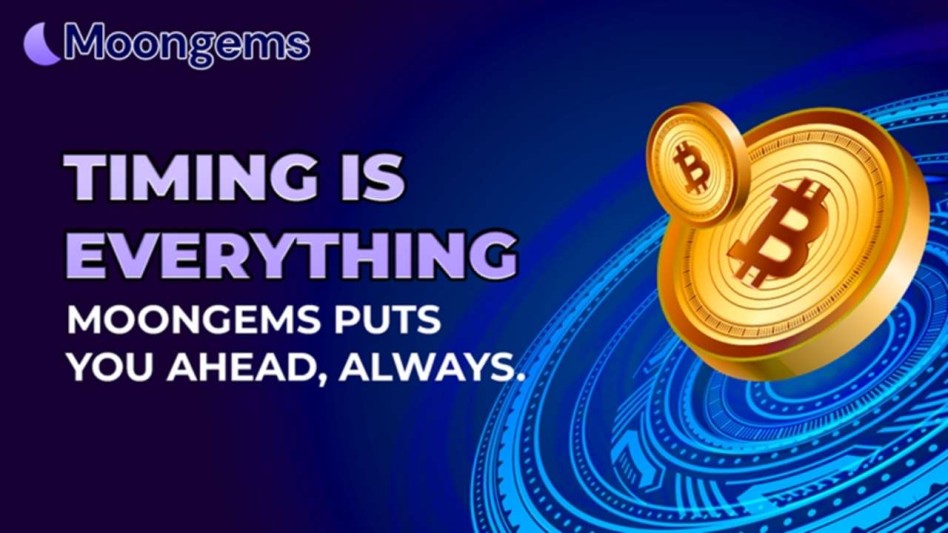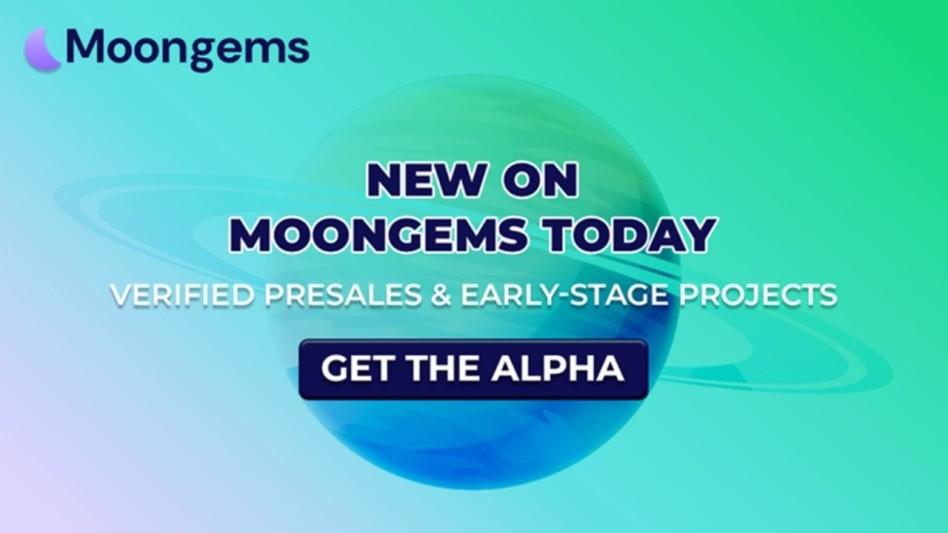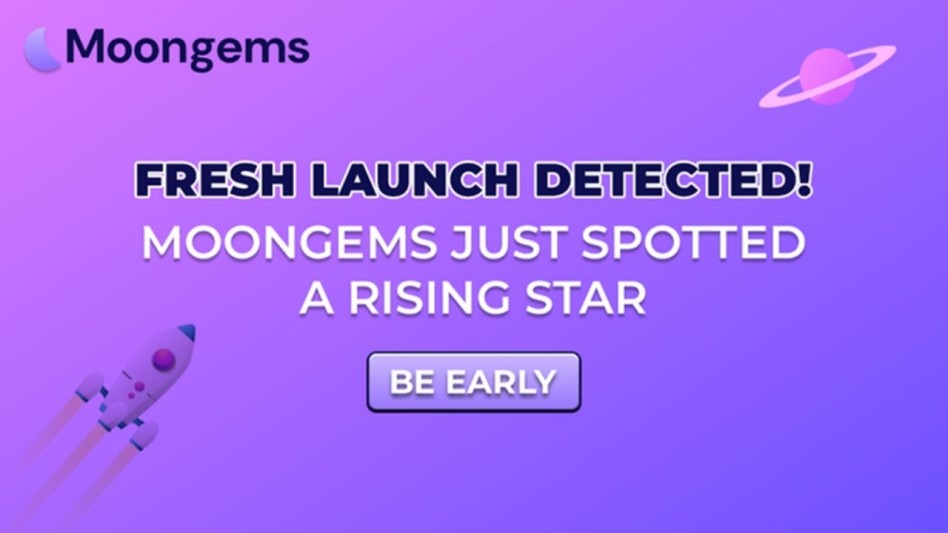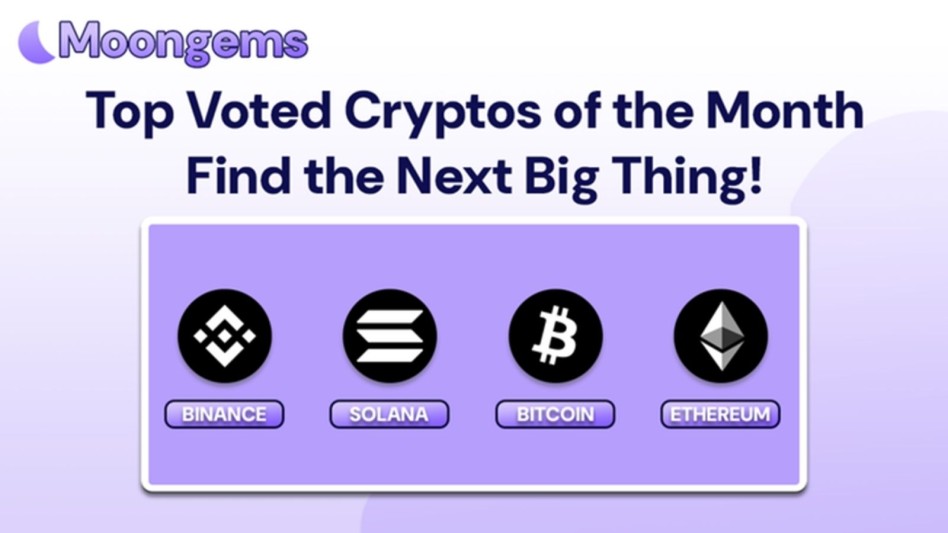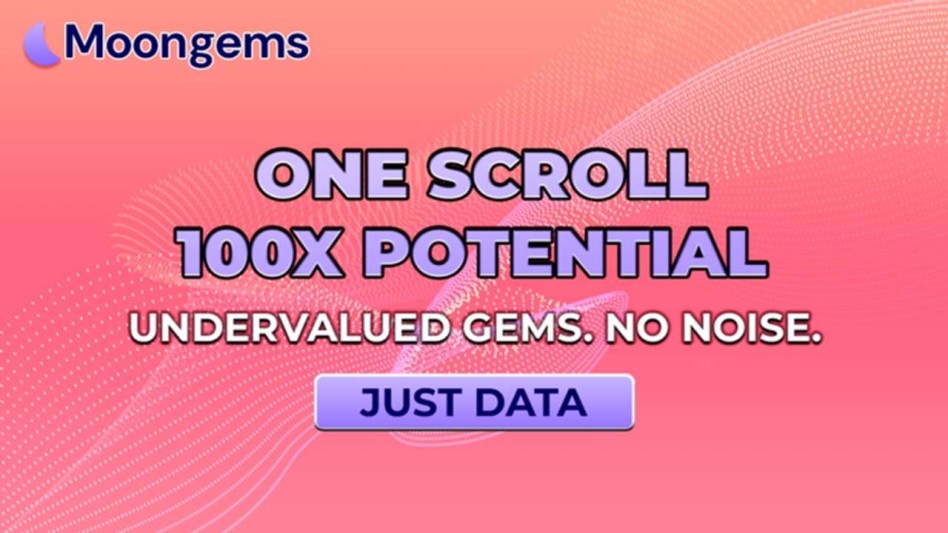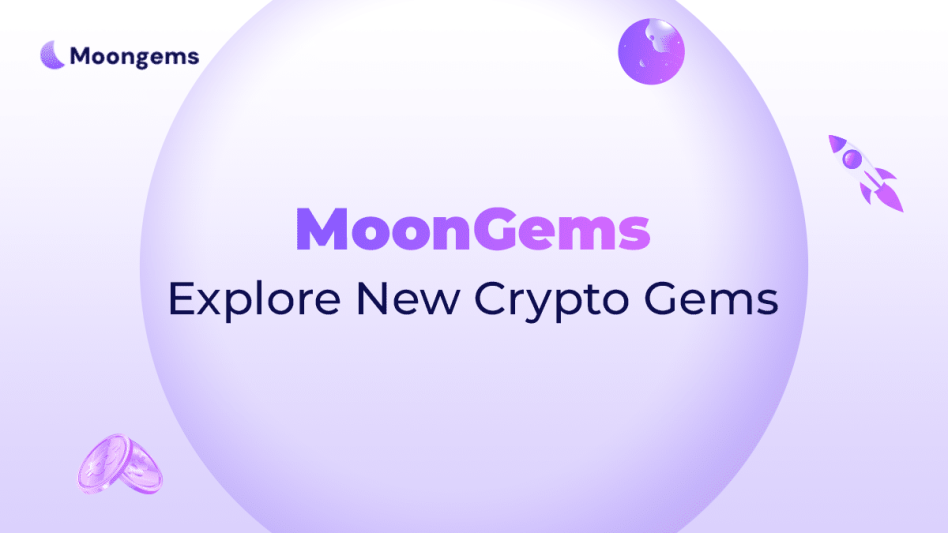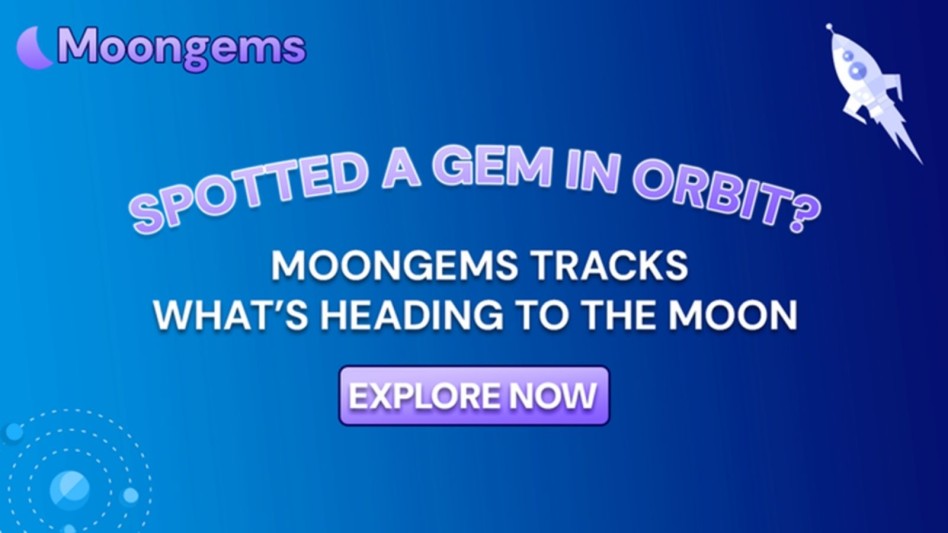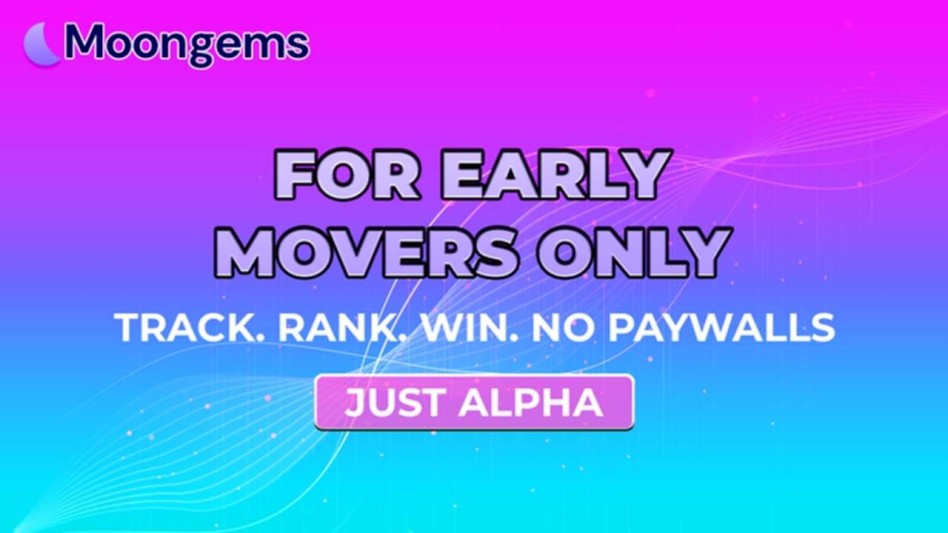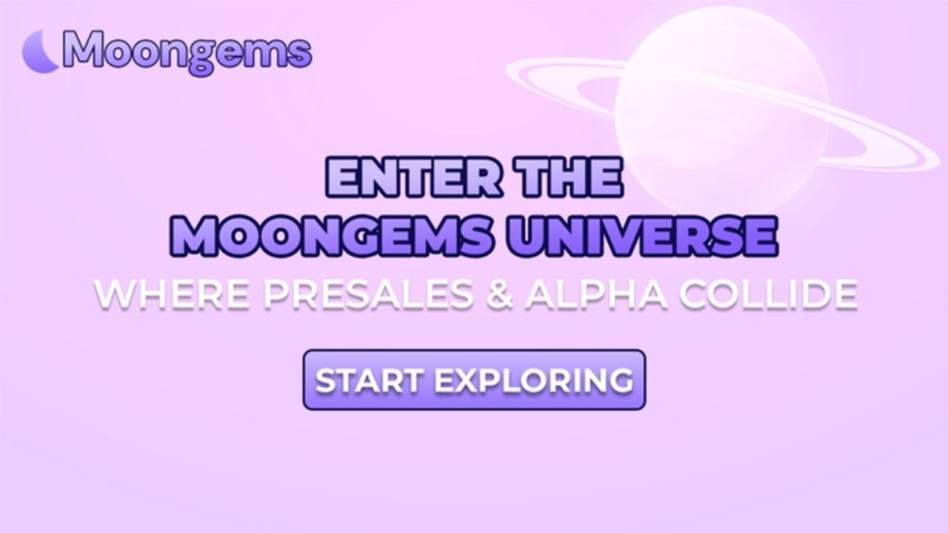Author: Jawad Hussain – Crypto Analyst & Web3 Researcher | 9+ years tracking presales, IDOs, and token launches. Follow him on Twitter and LinkedIn.
The crypto space never stops evolving—and neither do the ways teams raise capital. From ICOs and IEOs to IDOs and presales, the ecosystem is brimming with early investment options. But for many investors, the lines between these models are blurry. What’s the difference between an IDO and a presale? Is an IEO safer than an ICO? How does MoonGems evaluate them?
In 2025, knowing how each fundraising method works is essential. Early-stage entries often offer the highest ROI potential, but also the greatest risk. Whether you're a new entrant or a seasoned degen, your first question shouldn't just be “how much can I make?” It should be: "What am I actually participating in?"
This in-depth MoonGems guide breaks down the differences between Crypto Presales, Initial Coin Offerings (ICOs), Initial DEX Offerings (IDOs), and Initial Exchange Offerings (IEOs). You'll learn how each model operates, its unique benefits and red flags, and which option may suit your risk appetite and goals.
By the end, you'll be armed with the clarity needed to make smarter, safer, and more strategic decisions in early-stage crypto investing, especially when using trusted platforms like MoonGems to track opportunities.
1. What Is a Crypto Presale?
A crypto presale is an early fundraising phase that occurs before a public token launch. It often offers the steepest discounts to early buyers. The project is often still in development and hasn’t yet deployed a public smart contract or token on-chain.
Presales are usually conducted on the project’s website or through a launchpad like MoonGems, which aggregates and vets early-stage listings. Participation may require whitelisting, KYC, or a minimum investment amount. These deals tend to be limited in duration and allocation, creating urgency for those wanting to secure the lowest entry price.
MoonGems frequently features presales with the following characteristics:
- Tiered pricing based on funding rounds
- Token vesting schedules to prevent early dumping
- Locked liquidity commitments
- Public tokenomics and burn plans
The high-risk, high-reward nature of presales draws investors. However, this phase also sees the highest rate of scams, fake tokens, and poor execution. That's why MoonGems applies a rigorous checklist before showcasing presale opportunities—security audits, verified teams, roadmap clarity, and utility mechanics are non-negotiables.
If you’re looking for maximum upside, presales offer an attractive proposition—but only when filtered through platforms like MoonGems that are built to highlight safety as well as potential.
2. What Is an ICO (Initial Coin Offering)?
ICOs are the original crypto fundraising model, famously used during the 2017 bull run. An ICO allows a project to raise capital by selling a fixed amount of tokens to the public, usually without any third-party oversight.
These campaigns are often hosted on a project's own website and open to anyone with a wallet. While ICOs provided enormous gains for early adopters of tokens like Ethereum, they also became breeding grounds for fraud, with billions lost in unregulated scams.
MoonGems generally avoids showcasing pure ICOs unless they meet stringent modern standards like:
- Public smart contract audits
- Third-party KYC verification
- Transparent use-of-funds breakdowns
- Strong tokenomics with vesting and burn mechanisms
ICOs often lack the safety net of launchpad vetting, making them inherently riskier than presales hosted through platforms like MoonGems. They can still offer strong gains, but investors must conduct extensive due diligence.
Today, most reputable teams avoid traditional ICOs in favor of structured alternatives like presales or IDOs, which offer compliance and community building.
3. What Is an IDO (Initial DEX Offering)?
An IDO is a decentralized version of an ICO, where a token is launched and made available for sale directly on a decentralized exchange (DEX) like Uniswap, PancakeSwap, or Raydium. Unlike presales or ICOs, IDOs allow for immediate trading once the token is live.
Many IDOs are conducted through launchpads like DAO Maker, TrustSwap, or MoonGems-partnered DEX listings. These platforms offer a degree of curation and security, often requiring KYC, token locking, and pre-approved whitelists.
Advantages of IDOs:
- Instant trading on decentralized markets
- Transparent and permissionless mechanics
- Community-driven governance
- Often cheaper to participate (lower gas or entry costs)
However, risks include bot sniping, rapid pump-and-dumps, and thin liquidity. Without proper anti-whale protections and post-launch tokenomics, IDOs can turn into volatility traps.
MoonGems closely monitors IDO listings and only promotes those with:
- Strong liquidity lock confirmations
- Anti-bot measures in contract code
- Verified token distribution fairness
- Public staking or burn mechanisms to offset early sell pressure
In short, IDOs offer speed and freedom, but come with a side of chaos unless you’re equipped with the tools MoonGems provides.
4. What Is an IEO (Initial Exchange Offering)?
IEOs are token offerings conducted through centralized crypto exchanges (CEXs). Projects apply to be listed and sell their tokens directly via the exchange’s launchpad platform—examples include Binance Launchpad, OKX Jumpstart, and KuCoin Spotlight.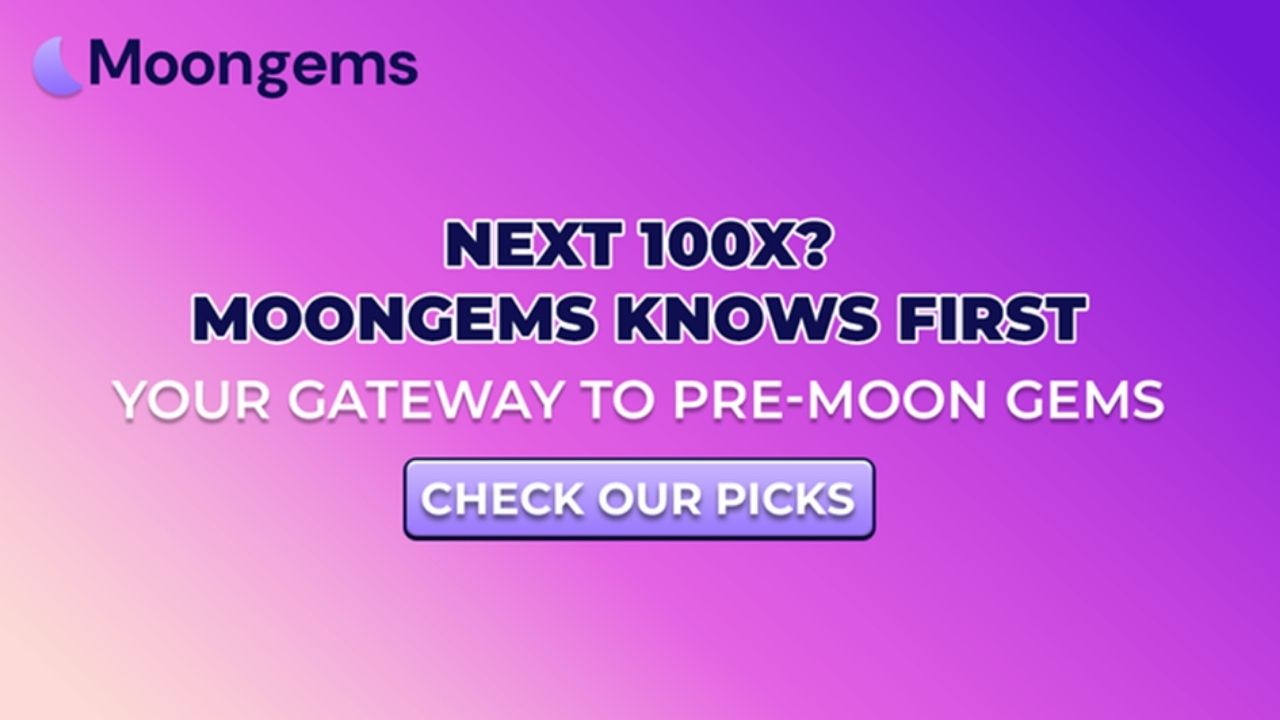
Unlike presales or IDOs, IEOs involve significant screening by the exchange itself. Investors must use the CEX platform and comply with their KYC/AML procedures.
Benefits of IEOs:
- Backing of a major exchange adds credibility
- Higher compliance and due diligence
- Tokens are immediately tradable on the hosting CEX
- Wider investor reach due to exchange traffic
MoonGems often compares IEOs with presales to help investors assess ROI potential. While IEOs tend to be less risky due to centralised oversight, they usually offer lower upside because tokens are closer to the listing price when retail users gain access.
IEOs suit conservative investors who prioritise security and liquidity, while presales—especially those verified by MoonGems—tend to appeal to high-risk, high-reward traders looking for exponential gains.
5. Key Differences at a Glance
|
Feature |
Presale |
ICO |
IDO |
IEO |
|
Platform |
Project site / Launchpad |
Project site |
DEX (Launchpad/DEX) |
Centralized Exchange |
|
KYC Required? |
Sometimes (MoonGems: Yes) |
Rarely |
Often |
Always |
|
Token Locking |
Common |
Rare |
Sometimes |
Sometimes |
|
Immediate Liquidity? |
No |
No |
Yes |
Yes |
|
Oversight |
Platform-based (MoonGems) |
None |
Community / Launchpad |
Exchange |
|
Investor Risk Level |
High |
Very High |
Moderate–High |
Low–Moderate |
|
ROI Potential |
Highest (if legit) |
High (with luck) |
Medium–High |
Medium |
MoonGems recommends presales for strategic buyers seeking early entries with strong due diligence in place, while IEOs are best suited to those seeking peace of mind and faster exit routes.
6. Which Model Is Best for You?
There’s no “one-size-fits-all” answer. Your best fit depends on your risk tolerance, experience level, capital size, and research capacity.
- If you’re seeking maximum upside and are willing to take calculated risks, MoonGems-vetted presales offer early access, unique pricing structures, and tokenomics transparency that few other models match.
- If you’re new to crypto or prefer compliance and convenience, IEOs offer a more centralized experience with built-in protections.
- IDOs strike a middle ground, offering decentralization and fast market entry, but require tools like sniping protection and liquidity analysis to succeed.
- ICOs are largely outdated unless you’ve independently verified the team, contract, and roadmap. MoonGems rarely features ICOs unless they’ve passed multiple security checkpoints.
Ultimately, the best model is one that fits your goals, risk appetite, and ability to analyze fundamentals beyond the hype.
7. How MoonGems Tracks and Evaluates These Models
At MoonGems, we do more than just list presales—we filter, investigate, and monitor them using a robust multi-point framework designed to reduce risk and improve ROI outcomes.
Our screening process includes:
- Smart contract audits and published results
- KYC badge verifications
- Tokenomics review for vesting, burns, supply controls
- Roadmap feasibility scoring
- Community health audits via Telegram, X, and Discord
- Public team disclosures and AMAs
Each MoonGems listing includes a risk signal score, categorizing the opportunity as green (low-risk), yellow (medium-risk), or red (high-risk). This gives our readers a fast, visual way to prioritize projects based on their comfort level.
We also flag whether a project is:
- Presale only
- Planning an IDO
- Going for IEO listing
- Running hybrid models (e.g., presale followed by IDO)
This comprehensive approach ensures MoonGems users are always equipped to navigate the complex world of early-stage fundraising without relying on luck.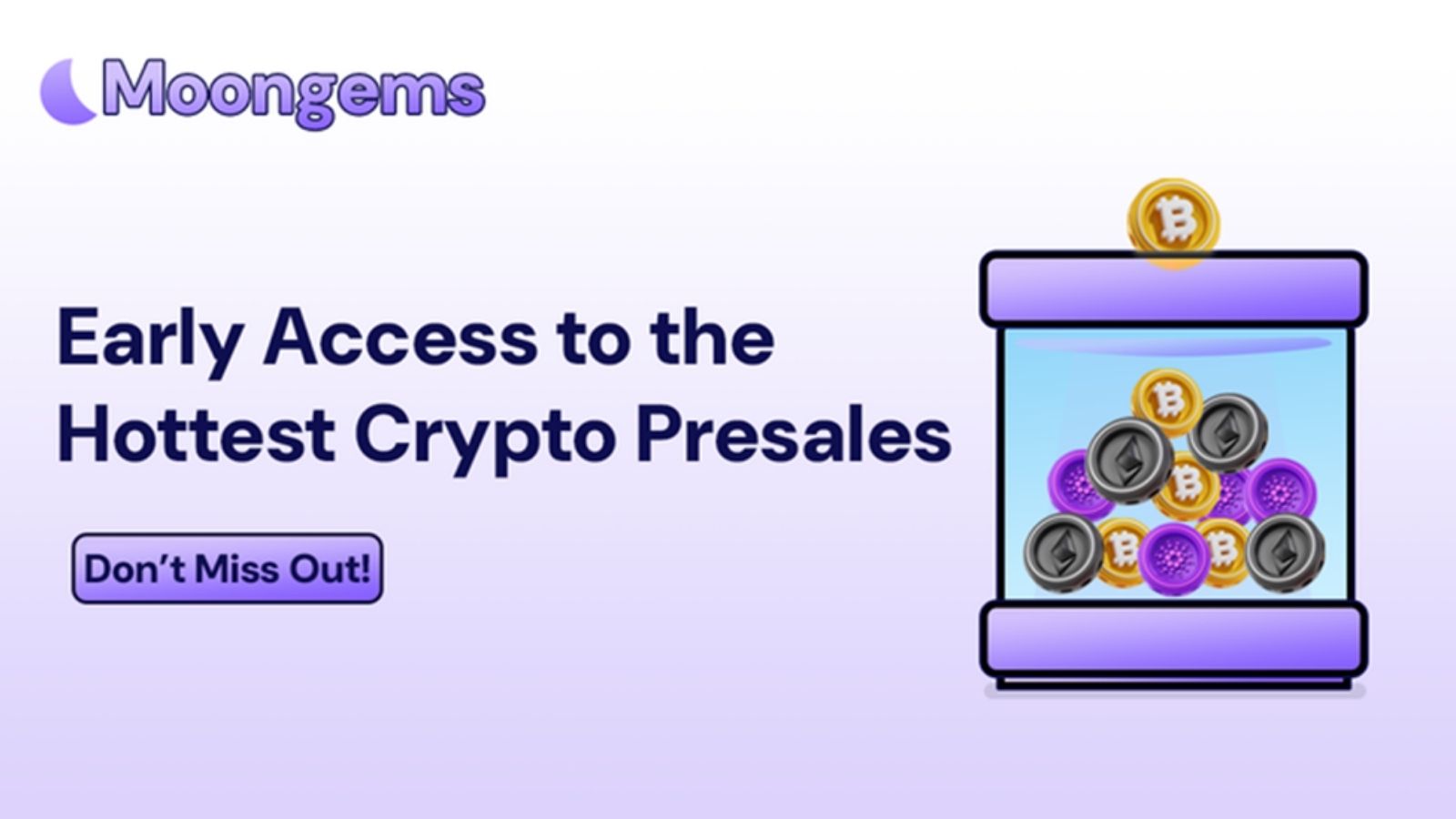
Conclusion
In crypto, timing is everything—but so is structure. Knowing the difference between a presale, ICO, IDO, and IEO gives you an edge few retail investors possess. Each model has strengths and drawbacks; choosing the right one can mean the difference between a 10x return and a total loss.
Presales offer the earliest access—and the highest risk. ICOs are old-school, often opaque. IDOs provide freedom and speed, but require agility. IEOs bring professionalism but often limit upside.
MoonGems bridges the gap between risk and reliability, offering carefully curated presales and early-stage listings that meet rigorous safety standards without sacrificing opportunity. Whether you’re building a diversified portfolio or chasing your next big win, the best investors in 2025 will be those who understand what they’re buying into—and why.
Frequently Asked Questions
- What is the difference between a presale and an ICO?
Presales happen before public listing, often at a discount, while ICOs are open public sales with minimal oversight. - Are IDOs safer than presales?
They can be—thanks to DEX transparency—but also more volatile without vesting or anti-bot systems. - Is an IEO the safest early-stage model?
It offers more protection due to exchange due diligence, but usually with lower upside potential. - How do I find legit presales?
Platforms like MoonGems screen and verify projects based on audits, KYC, and roadmap credibility. - Do I need KYC for all presale types?
Presales and IDOs may vary. IEOs almost always require exchange-level KYC compliance. - Why are ICOs less popular now?
Due to a lack of regulation and high fraud rates in 2017–2018, many teams now prefer launchpad or exchange routes. - What’s the most profitable model in 2025?
Presales often offer the highest ROI—if you're early, cautious, and research-backed. MoonGems tracks the best ones.
Glossary of Key Terms
- Presale: Early token offering before public launch
- ICO (Initial Coin Offering): Unregulated token sale on the project’s website
- IDO (Initial DEX Offering): Token sale directly on a DEX
- IEO (Initial Exchange Offering): Token sale hosted by a centralized exchange
- Launchpad: A Platform that hosts IDOs or IEOs
- Vesting Schedule: Timeline for token release after launch
- Whitelist: Pre-approved wallet list for early buyers
- Tokenomics: Economic structure of a crypto token
- Sniping: Automated early buys via bots during the token launch
- Liquidity Lock: Locking trading funds to prevent rug pulls
Disclaimer
This article is for educational purposes only and does not constitute investment advice. All cryptocurrency investments carry risk. Always do your own research (DYOR) and consult a financial advisor before participating in any token sale.



